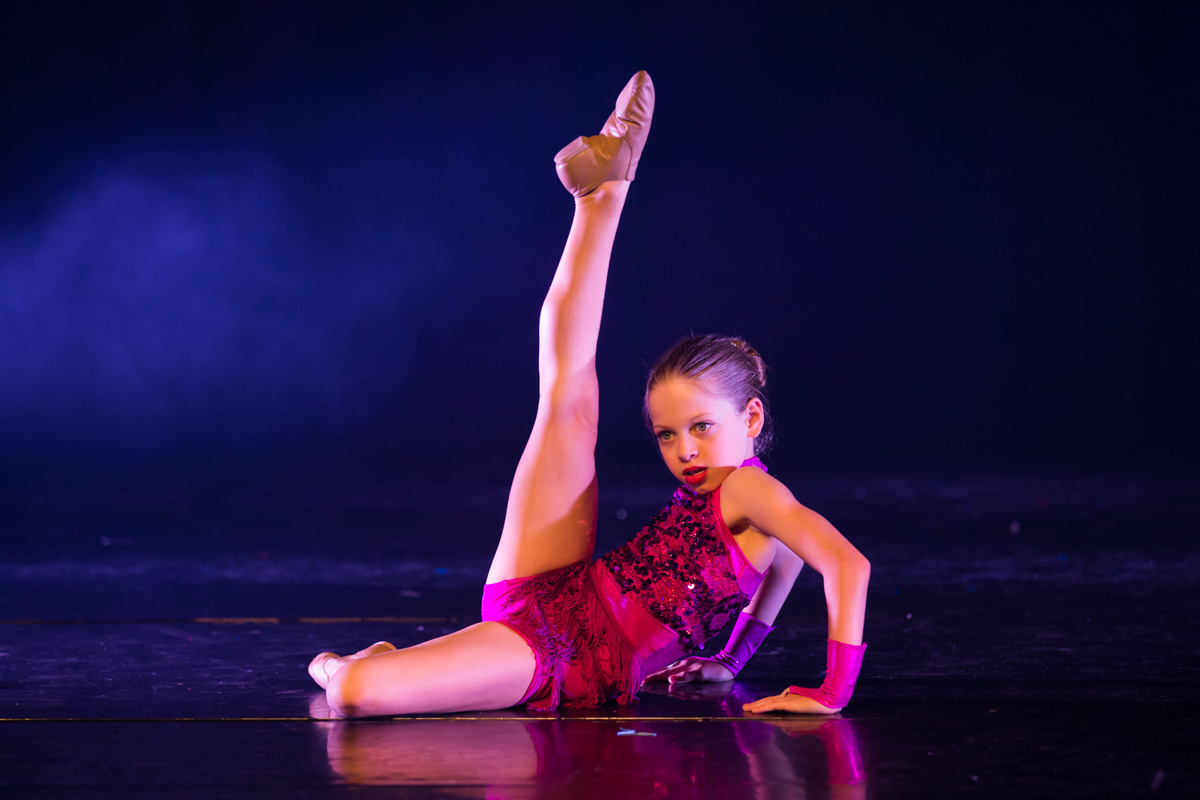

A lyrical dance is a competition-style form that originated with ballet and jazz. In the 1950s, dance artists in the avant-garde created works that broke away from ballet rules. Pop, rock, jazz, soul, blues, hip-hop, and world music are all examples of lyrical dance music. Striking a balance between choreographic flair and dance interpretation is difficult for choreographers and dancers in lyric dance. Fitted dancewear is required for lyrical dancing classes because teachers must be able to see body alignment. Cirque Du Soir’s television show and theater productions are excellent examples.Ī lyrical dance performance is featured on So You Think You Can Dance. Lyrical dancing is an excellent way to introduce young children to the art of dancing. A Lyrical class can be used by people of all ages and body types, as well as a variety of experience levels. Is it another contemporary dance form? The term “judicial dance” was derived from the word lyrical, which means “expressional and poetic expression.” Due to the fact that audiences can relate to the emotions expressed by the dancers and the instructions, lyric dance has grown in popularity and mass appeal.

There is a lot of confusion about lyrical dancing.
Jazz lyrical dance how to#
This article will provide an overview of the different types of music used for lyrical dance and explain how to use them effectively. There are many different genres of music used for lyrical dance, and it can be difficult to decide which one to choose. It is important to select music that is appropriate for the choreography and enhances the performance. Music is an essential part of lyrical dance as it sets the mood, highlights the emotion and helps the dancer to create an atmosphere. It is a type of expressive dance that communicates a story or feeling through movement, often set to music.

Private or Semiprivate instruction available* in all disciplines to develop skills or to prepare performing pieces.Īdult Modern Jazz courses also available.Lyrical dance is a form of dance that combines elements of ballet and jazz dance. Students taking any Modern Jazz or Modern/Contemporary courses are well advised to take Acro Technique courses too. Taking a Modern/Contemporary Technique course is advisable for all advanced dance students as it develops improvisation, floor work, and other skills that are increasingly necessary for all forms of dance.īecause ballet is the root form of most of the technical elements of Modern/Contemporary dance, Ballet Technique training is indispensable for any level of mastery in Modern/Contemporary dance. Technique courses do not prepare pieces for performing. Because they so effectively promote improvement in many crucial dance skills areas, all dance students are well advised to take a Jazz Technique course every year. Jazz Technique courses are “Technique only” in that they only focus on developing dance (especially jumps, kicks, and turns) skills, co-ordination, strength (especially of the core), and acrobatic skills. The performance piece will be in either a conventional (upbeat, and relatively percussive), stage (often referred to as “Broadway” style), lyrical (more flowing and often emotionally expressive), or contemporary (utilizing more inventive and Modern/Contemporary technique based movements) style. Some levels also compete. Jazz performing courses offer modern jazz technique and prepare a performance piece, for our annual spring stage production. Stage dance courses include Jazz/ Lyrical dance styles, Hip Hop, some Modern/ Contemporary dance technique, and basic Acrobatic skills, all with an emphasis on expression.įor ages 4 to 7, our Pre-Primary/Primary Stage programs are once-a-week courses which provide an introduction to Stage Dance. The children prepare a performance piece drawing on the skills learned in the course for our annual spring stage production, an exciting experience that develops memory, musicality, team building, and self-confidence. Jazz Dance for the very young child:įor students up to age 7, Caulfield School of Dance offers introduction to Jazz dance skills in Stage courses. Jazz dance training gives all dancers a broader dynamic range of style and vocabulary of movement. Emphasizing presentation, extension of the limbs, and isolations of the torso, jazz ranges from lyrical to highly athletic and even acrobatic styles. Jazz (including Modern Jazz and Lyrical Jazz), is a commercial dance form usually performed to popular music.


 0 kommentar(er)
0 kommentar(er)
